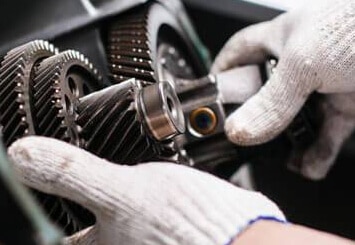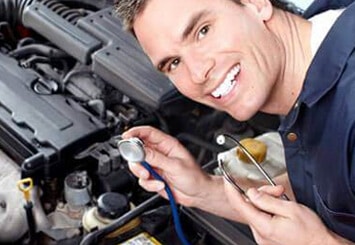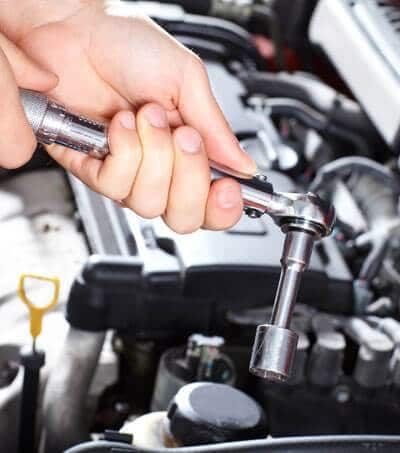


You may have already heard of CVT, or Continuously Variable Transmission systems being used in newer vehicles with automatic transmission.
The concept of the continuously variable transmission has actually been around for over 500 years, but it has been getting a lot more attention recently given the huge push towards more fuel-efficient solutions for vehicles.
A CVT is an automatic transmission system that provides a smoother driving experience by way of optimizing the shifting process. By nature of the CVT, the transition between gears becomes almost seamless, and the effect of “shift-shock” is lessened considerably.
 CVTs also provide better fuel economy and power usage because it allows the engine to operate at optimum power, no matter how fast the vehicle is traveling.
CVTs also provide better fuel economy and power usage because it allows the engine to operate at optimum power, no matter how fast the vehicle is traveling.
The term “continuously variable” means that instead of actual gear “stages”, the CVT allows for a continuous variation within the engine so that there are no perceived transitions between gears.
There are several types of continuously variable transmissions, many of which are now available from major auto manufacturers.
The most common CVT uses an intricate pulley system instead of gears in order to provide seamless gear transitions.
This transmission system uses rotating discs and power rollers to accomplish the function of the pulley system from a pulley-based CVT.
A Hydrostatic CVT uses pumps to regulate fluid flow and create rotational motion.
Because of the way a CVT handles the management of power and torque, the feeling of a CVT is far different than a manual transmission.
A CVT will also idle in any gear, and because the sounds of regulation are often similar to that of a slipping or clunking transmission, people have customarily shied away from using them.
Of course, once there is a wider adoption, and people become familiar with the inherent benefits to using a CVT, as in, better fuel economy, more power, potential faster acceleration (over time), then we may just see CVTs taking on the role of the future of transmission systems in the vehicles of the future.
Mister Transmission technicians are well-versed in servicing manual, traditional automatic, as well as CVT systems for most any modern vehicle. Visit your local Mister Transmission shop today to ask about CVTs and how they are changing the face of the automotive industry.




The evolution of transmissions has made these machines and systems increasingly complex. When transmission repairs are required, determining the cause and cure for what ails can be tricky.
Read More
At Mister Transmission we have access to leading-edge diagnostic equipment, enabling us to offer you the fastest and most accurate findings about what’s going on inside your vehicle’s transmission.
Read More
Just as you have other parts of your car serviced, your transmission needs maintenance to ensure a long life and avoid transmission problems.
Read More